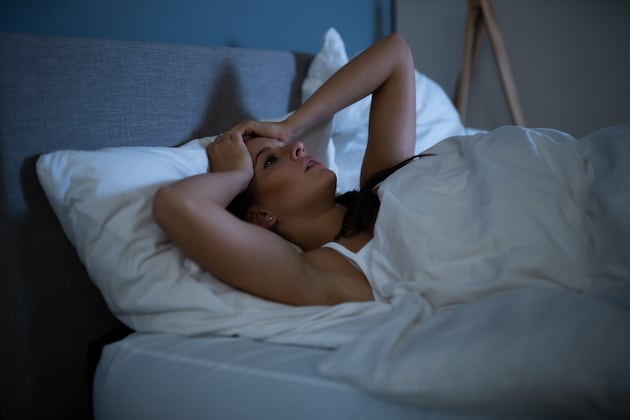Mind mixing to combat insomnia: A dermatologist reveals his insider tip for a restful sleep despite sleep disorders.
In Germany, fewer and fewer people are sleeping well. Six million Germans suffer from sleep disorders, as ZDF reported with reference to statistics from the Barmer health insurance company. But there is hope: a US dermatologist names a method that could help many people sleep better.
Dr. Scott Walter, a dermatologist working in Denver, presented an innovative sleep technique that relies on the power of thoughts in a TikTok video. The video has since been viewed over four million times. He calls the method “cognitive shuffling” – in German you could speak of a kind of shuffling of thoughts.
Walter, whose ideas were featured in the New York Post, explains that cognitive shuffling involves rearranging your thoughts, similar to shuffling a deck of cards. The aim is to break conscious thought patterns that keep us awake.
Dr. Walter describes cognitive shuffling as an “absolute game changer.” It mimics the occurrence of so-called microdreams, which occur during the transition to sleep and signal to the brain that it is safe to go to sleep. Walter recommends thinking of random words or objects that have no relation to each other: “For example: cow, leaf, sandwich, butter, liver, things like that.”
Another technique is to choose a letter from the alphabet and then, in time with your heartbeat, find words that start with that letter. “Every eight beats you think of a word that starts with the letter,” says Walter.
According to neuroscientist Dorsey Standish, most people should be asleep after ten to fifteen minutes of mind shuffling. However, not everyone finds relaxation in cognitive shuffling. In such cases, Standish recommends using “Eat This, Not That” to use proven sleep techniques such as deep breathing with prolonged exhalation. These can also help calm the nervous system and promote the transition to rest.
From 2012 to 2022, the proportion of the German population with sleep disorders increased from five to seven percent. This means an increase of 36 percent in those affected. Chronic lack of sleep can lead to high blood pressure, cholesterol problems, diabetes, stroke, obesity and depression.
The Barmer insurance data shows that not only older people, but all age groups from 20 years onwards are increasingly affected by sleep disorders. Among 20 to 29 year olds, the increase is at a lower level, but is higher in percentage terms – from two to almost three percent. In the group of 40 to 49 year olds, the proportion rose from 4.5 to the highest value: 6.2 percent.
Do you often drink coffee after dinner? Read here why this is not a good idea and what health consequences it can have.
Mind mixing to combat insomnia: A dermatologist reveals his insider tip for a restful sleep despite sleep disorders.









